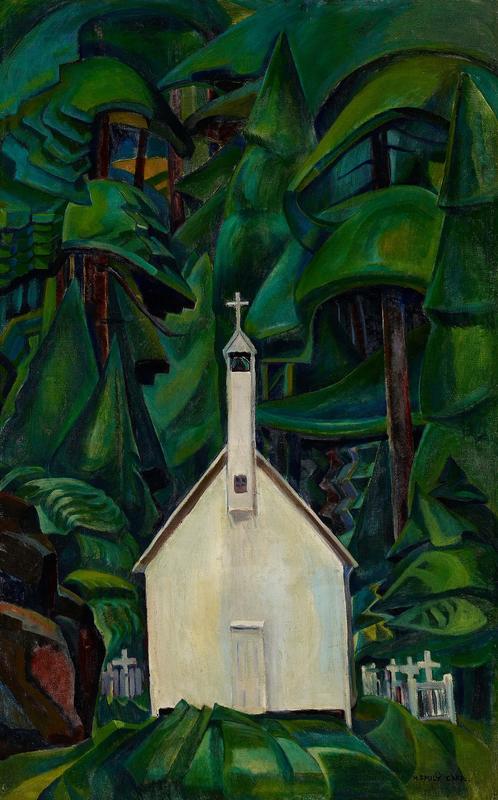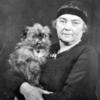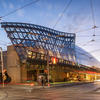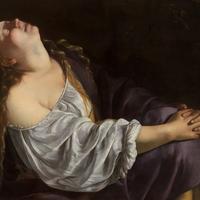More about The Indian Church
- All
- Info
- Shop
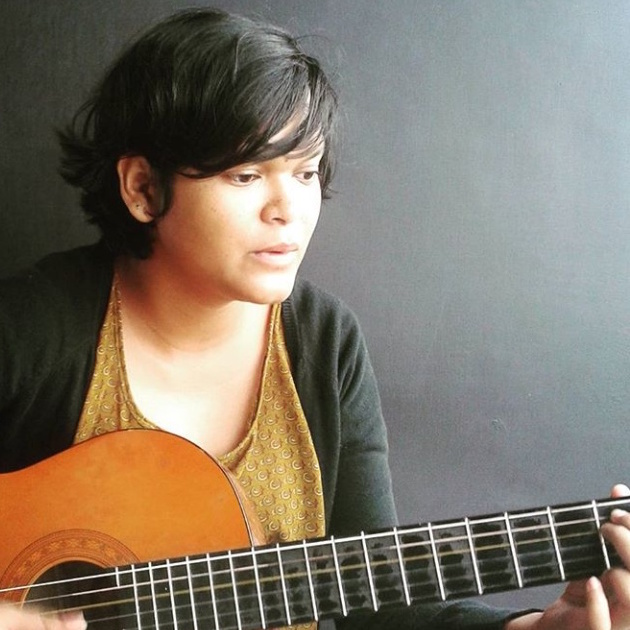
Contributor
Emily Carr wasn’t really a champion for the missionary cause, but she wasn't one for indigenous people, either.
In 1929, on one of her ethnographic “field trips”, Emily found a Catholic church built by the local Nuu-chah-nulth tribe. She painted it and called it Indian Church. If you feel the cringe coming on, you’re not alone. I’d love to say Emily was naive, and that she didn’t know any better. Well, the truth is, it doesn’t matter. She may have been sympathetic to indigenous people, but they weren’t 'real Canadians' like her.
The Toronto museum renamed the painting in 2018 to Church at Yuquot Village. Of course, the matter is not settled. Some people are happy and some aren’t. Some believe that by changing the name, the painting loses its contextual mooring. For some, an ugly word that was used to oppress many had been erased. But it’s not really been erased, it’s just been corrected. Whichever side of this ideological debate you find yourself standing on, we can all agree that what may appear to be the acceptance of religion was in most cases just forced assimilation.
This was no ordinary church. Yes, it was built and used by Natives who were new to the religion, and is evidence of colonial rule in Canada. For Emily, it was definitely more than a pretty church in the forest. It was a new way of life. The natives were now “civilized." Emily was aware that the First Nation did not always worship in this way. They were forced to let go of their beliefs because their colonial overlords told them to do so. They didn’t have much of a choice, really. Paul Gauguin and Emily Carr were in some ways doing the same thing. They were trying to record a culture that wasn’t theirs, right after the onset of a cruel conversion.
Lawren Harris of the Group of Seven was smitten by the work. He was the guy who brought Emily back from the dead. He became a good friend of Ms. Carr, the kind that looks out for you. He bought the painting and declared it one of Carr’s best. He was fond of her, but not in a romantic way. And it wasn’t a pity declaration either. Harris simply admired her artistic talent.
If you go looking for the Church at Yuquot Village now, you won’t find it. The structure burned down in the 1960s.
Sources
- Art Canada Institute - Institut de l’art. “Emily Carr, Indian Church, 1929.” Art Canada Institute - Institut de l'art canadien. Accessed November 1, 2019. https://aci-iac.ca/art-books/emily-carr/key-works/indian-church.
- Loos, Ted. “A Canadian Museum Promotes Indigenous Art. But Don't Call It 'Indian.'.” The New York Times. The New York Times, July 13, 2018. https://www.nytimes.com/2018/07/13/arts/design/art-gallery-of-ontario-i….
- “Why the Art Gallery of Ontario Removed 'Indian' from the Name of This Emily Carr Painting | CBC Radio.” CBCnews. CBC/Radio Canada, May 22, 2018. https://www.cbc.ca/radio/asithappens/as-it-happens-tuesday-edition-1.46…
Featured Content
Here is what Wikipedia says about The Indian Church (painting)
The Indian Church (renamed Church at Yuquot Village in 2018 by the Art Gallery of Ontario) is a 1929 painting by the Canadian artist Emily Carr. Group of Seven artist Lawren Harris bought the painting to showcase it in his dining room, and called it Carr's best work. In 1930, the work was shown in the Fifth Annual Exhibition of Canadian Art organised by the National Gallery of Canada. In 1938, the painting was chosen for an exhibition titled A Century of Canadian Art, at the Tate Gallery. The exhibition was described by Vincent Massey as "a most representative showing of Canadian painting and sculpture, including all schools and all periods."
The Indian Church is considered a "transitional" painting because it reflects the transition of Carr's artistic work from purely depicting Native Art to shifting her focus toward the land. In her 1946 autobiography, Growing Pains, Carr wrote that she "felt the subject deeply". She painted it at Friendly Cove, near a lighthouse.
When Carr saw her painting in Harris's home, she exclaimed: "The house must have bewitched this thing! It was better than I had thought." However she could not continue to look at it, because people in the room were saying kind things and she could not accept praise and felt embarrassed when others complimented her about her work.
The Indian Church is one of Carr's most reproduced works, and was donated to the Art Gallery of Ontario by Charles Band upon his death in 1969.
Check out the full Wikipedia article about The Indian Church (painting)

